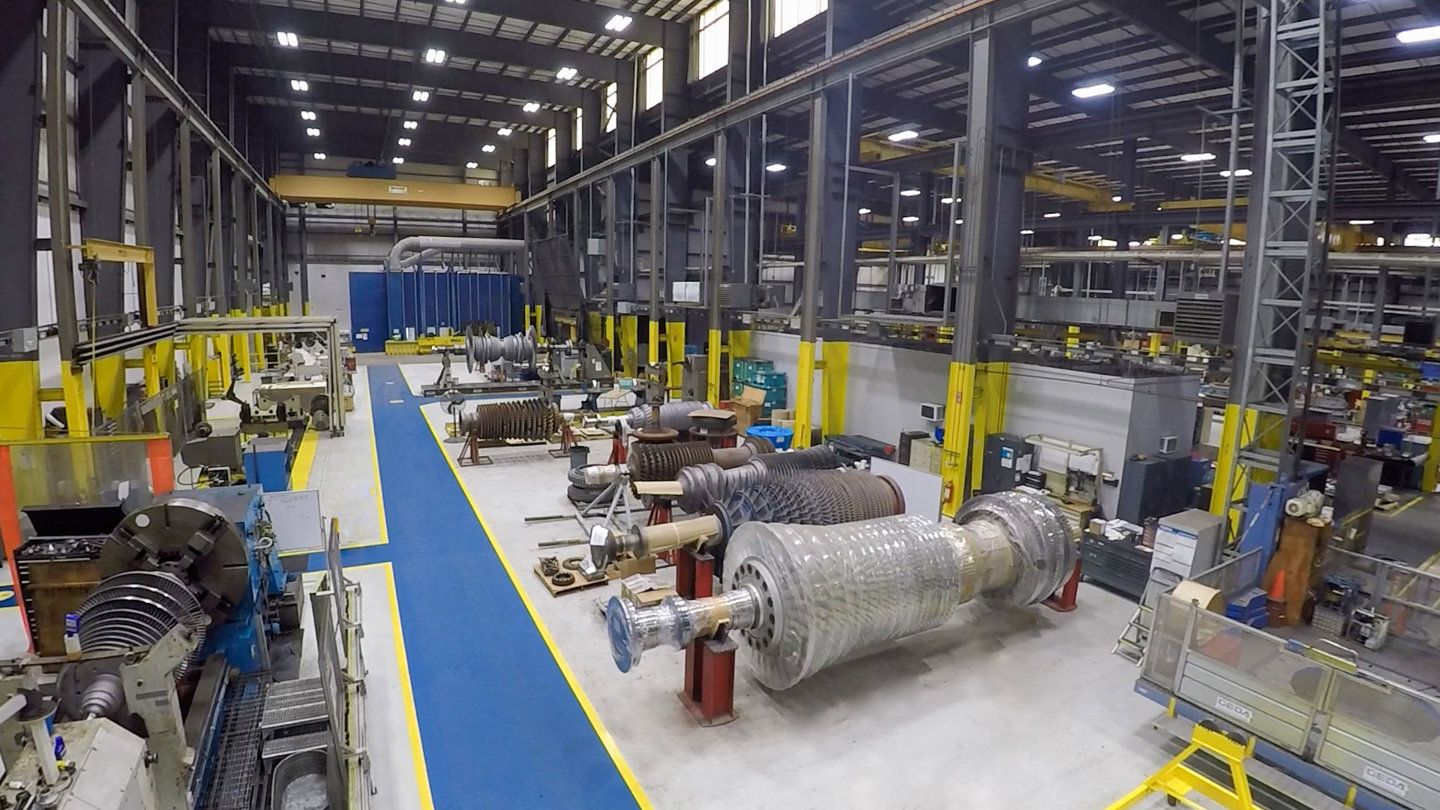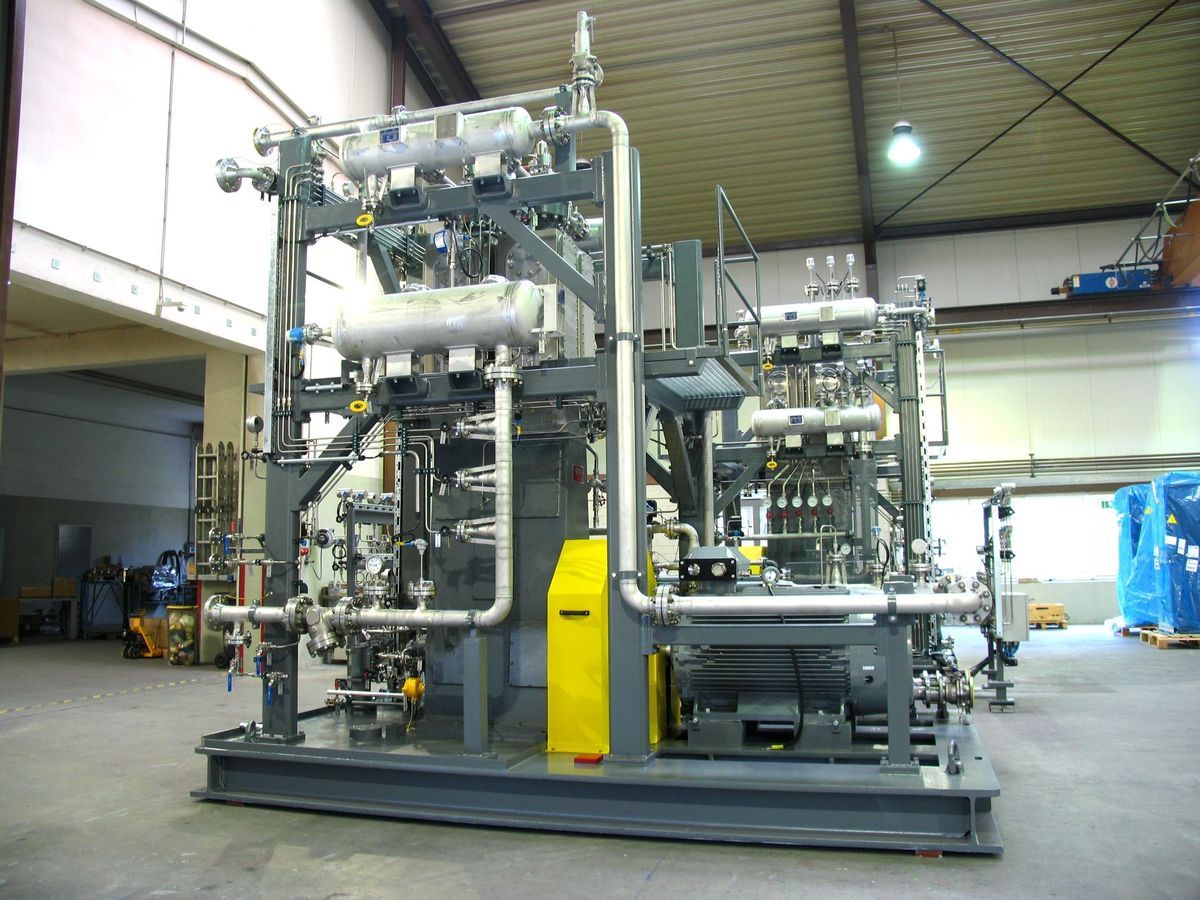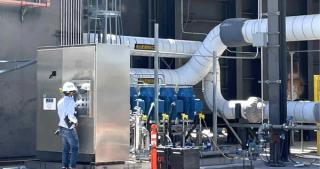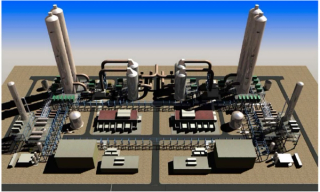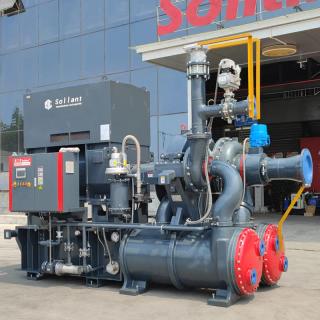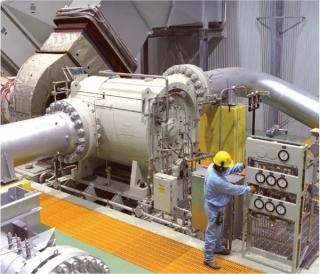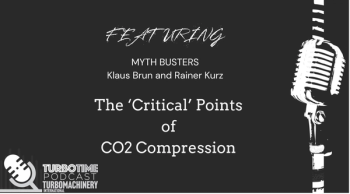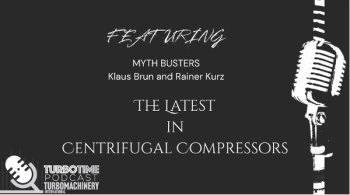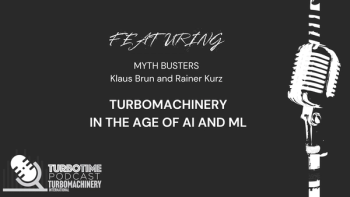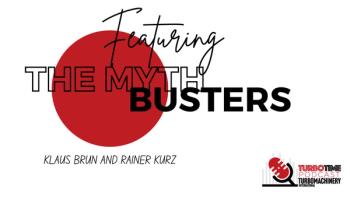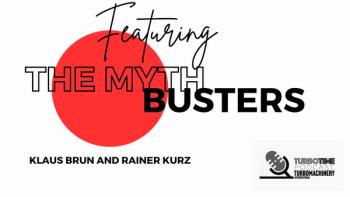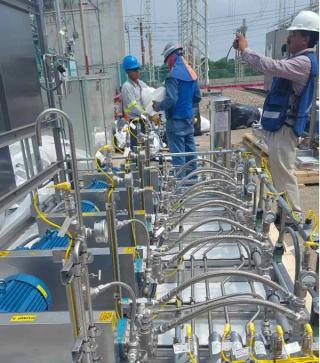
Compressors
Latest News
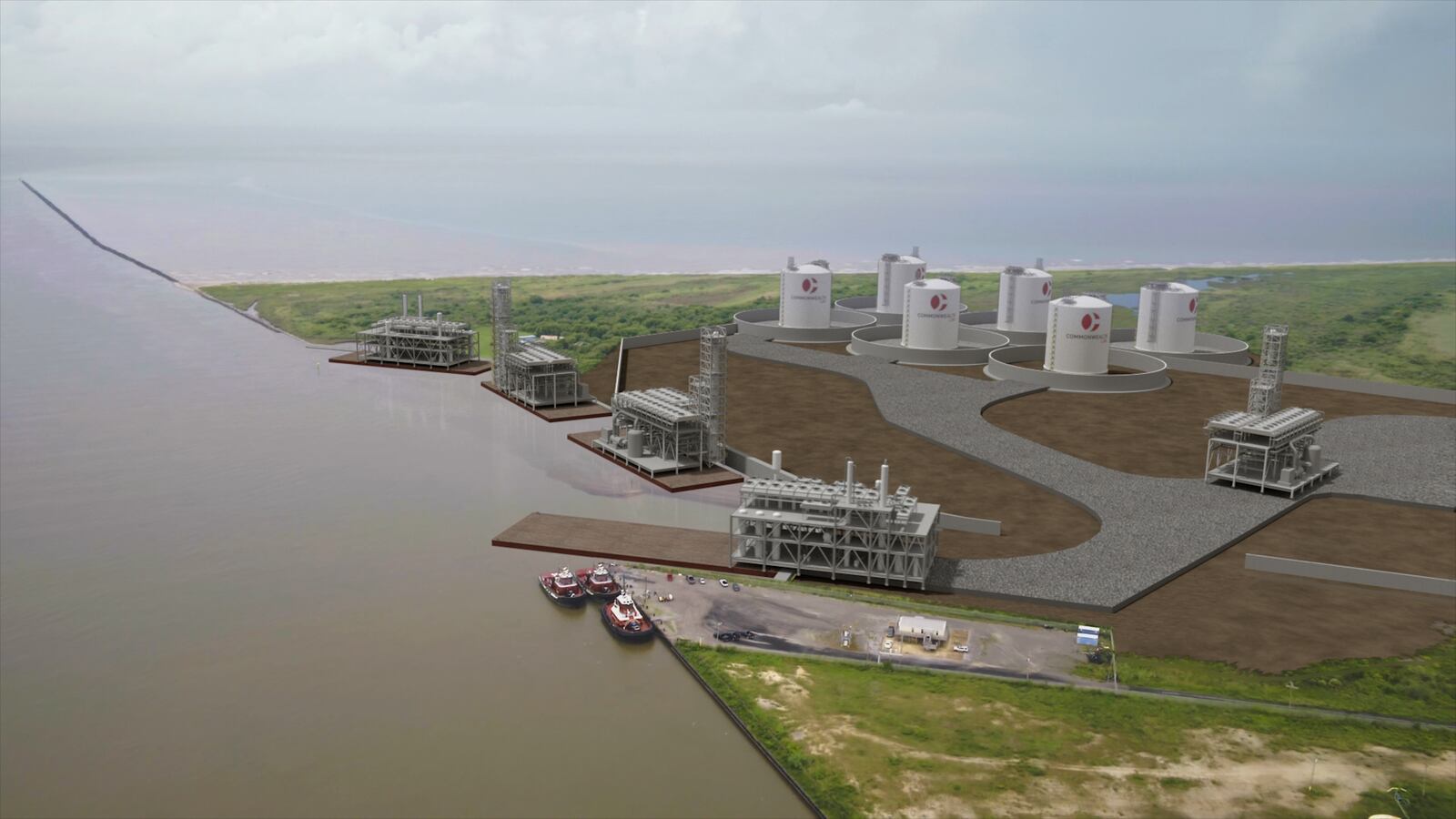
Baker Hughes’ Equipment Drives Liquefaction at Commonwealth LNG Export Facility
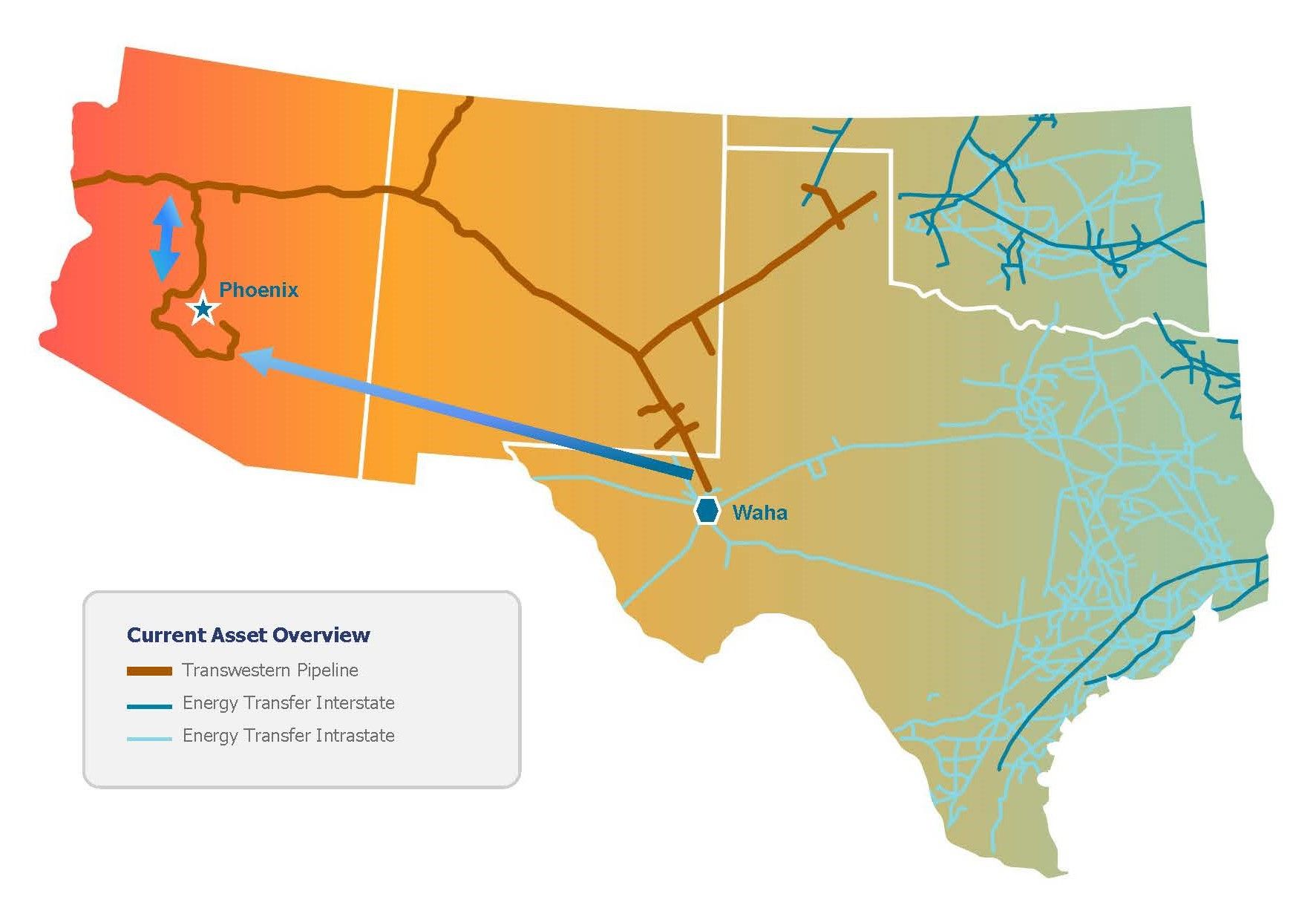
Energy Transfer Boosts Transportation Capacity for Desert Southwest Expansion Project
Latest Videos

Shorts
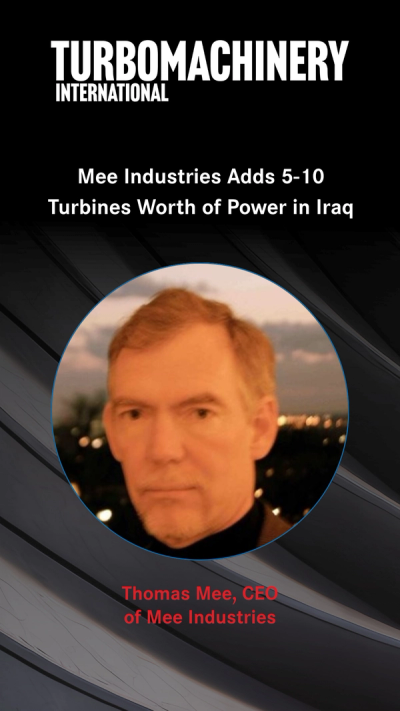

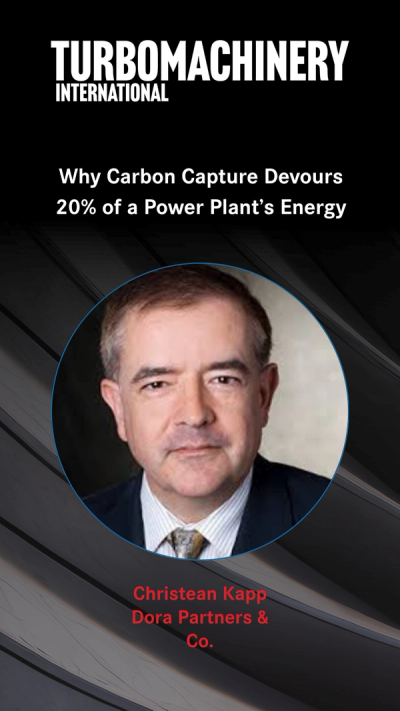

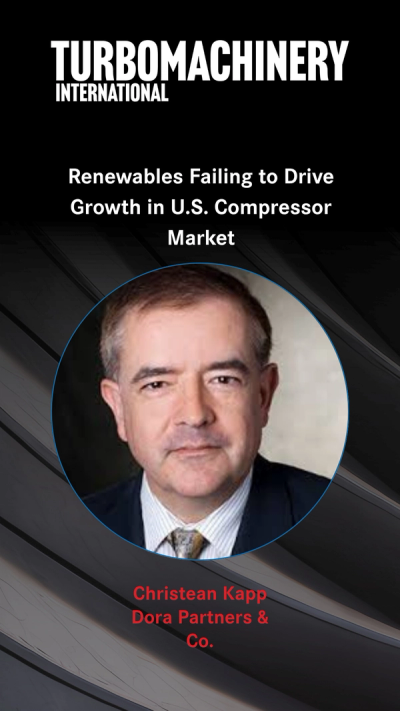
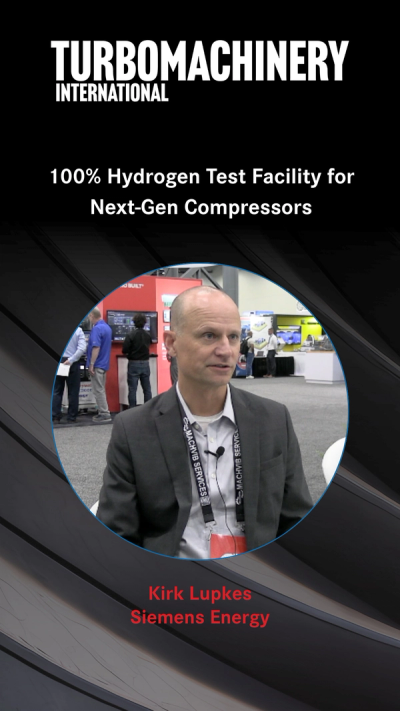

Podcasts
More News
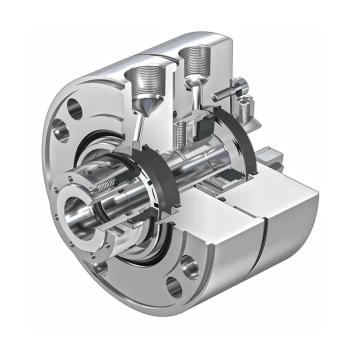
Previously, the undisclosed operator shifted its strategy from equipment availability to long-term reliability and enlisted John Crane to solve sealing inconsistency issues at a flagship refinery.

Following capture with the Advanced KM CDR Process, the CO2 will be transported via pipeline for permanent sequestration in depleted gas fields beneath Liverpool Bay.
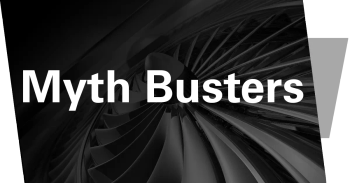
Many turbomachinery diagrams are outdated and recommend axial machines over centrifugals, but modern technological advancements must be considered for industrial applications.

Although Malaysia’s decarbonization efforts focus on hydropower and solar, Everllence’s gas engines can balance fluctuating renewable input with short response times and high efficiency.

Among other causal factors, stress concentrations accumulate in areas with sharp edges, so filleting and chamfering is required to enable the smooth flow of stress streamlines.
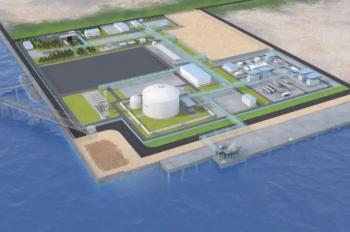
By 2030, the Kawasaki LH2 Terminal will enter operation alongside a newly constructed liquefied hydrogen carrier, advancing Japan’s effort to establish a hydrogen supply chain.
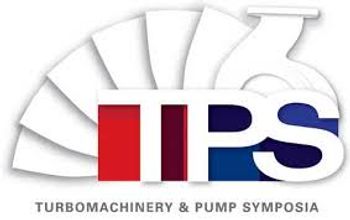
The 2025 Turbomachinery & Pump Symposia covered hydrogen compressor testing, new gas seal technology, various pumps for ammonia and supercritical operations, and more.
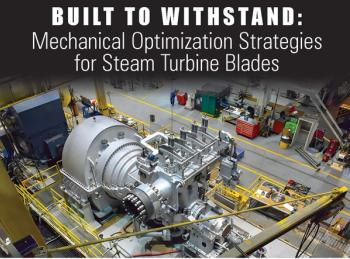
The November/December 2025 issue covers steam turbine blade dynamics and aerodynamics, gas turbine bucket repair, a TPS 2025 recap, a Q&A with Ebara Elliott Energy, and much more.
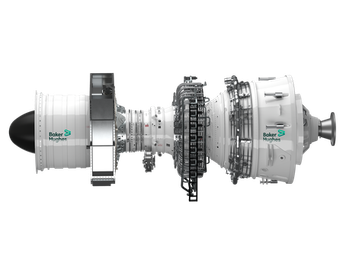
Dynamis Power Solutions will package multiple LM9000 gas turbines as a mobile solution, providing increased versatility for large-scale power consumers in the oil and gas space.
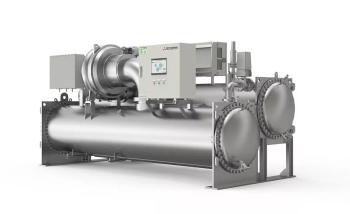
The magnetic bearing technology reinforces an oil-free design, eliminating the need for a lubrication oil system and preventing wear on sliding parts.
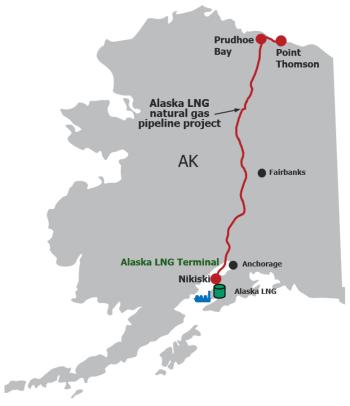
Since Glenfarne became lead developer in March, Alaska LNG has secured commitments for 11 MTPA of LNG from buyers in Japan, Taiwan, South Korea, and Thailand.
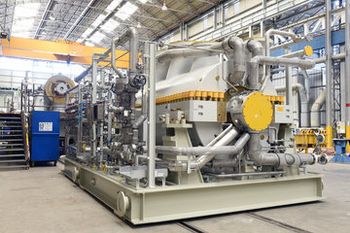
Under the additional contract for Train 5, Baker Hughes will deliver two Frame-7 gas turbines and six centrifugal compressors to support approximately 6 MTPA at the facility.

In addition to installing the world’s largest steam heat pump at Kendall Station, Everllence will include a dynamic process simulation and digital twin of the system.

When using gear units within turbomachinery trains, operators should consider wear and degradation, torsional problems, lubrication, and more.
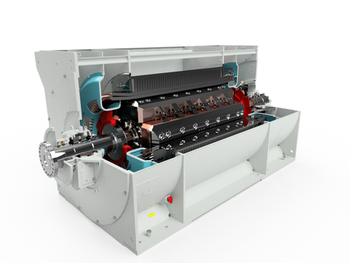
The Blue Point Number One Ammonia Project will produce blue ammonia via autothermal reforming while capturing up to 2.3 million metric tons of CO2 per year.
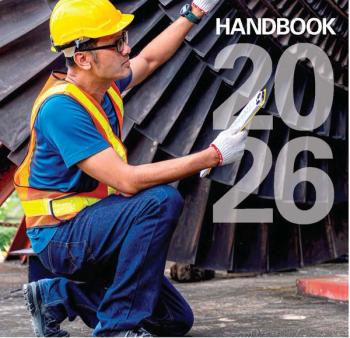
The 2026 Handbook includes a comprehensive outlook of the U.S. power industry and gas turbine market, as well as an industry-wide directory and specifications listings.

The LM6000 aeroderivative gas turbines, generating up to 112 MW for the Isaac Power Station, will allow QPM to expand the Moranbah gas production and infrastructure assets.

Xdot Bearing Technologies’ product offerings will accelerate growth in high-performance markets with advanced pumps, compressors, and high-speed rotating machines.
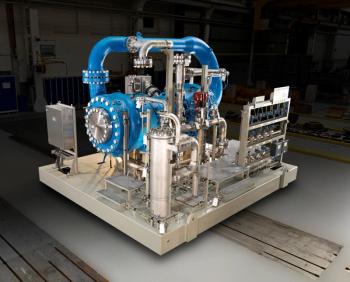
The motor pipeline compressor design eliminates the need for dry gas seals and lubrication systems, leading to higher reliability and minimized lifecycle costs.

Klaus Brun and Rainer Kurz offer differing opinions on the necessity of high-speed versus low-speed balancing, citing API standards and diving into operating-speed discussions.

The field’s advanced floating production, storage, and offloading vessel is equipped with high-pressure gas compression, combined-cycle power generation, and more.
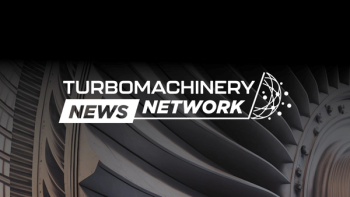
The Turbomachinery News Network, for the week of October 13, 2025, covers news from EthosEnergy, Mitsubishi Power, Ebara Elliott Energy, and Shell.

Thin-wall casings and shell bodies play a critical role in turbomachinery, but their susceptibility to imperfections and buckling raises leakage and failure risks.

The new infrastructure includes a new power line, main 138-Kv breaker, 100-MVA power transformer, and numerous capacitor banks to allow full-speed, full-load testing.

Using a proprietary mix of sand and other particles, the dust-ingestion testing aims to replicate how parts may withstand flight conditions in harsh operating environments.

